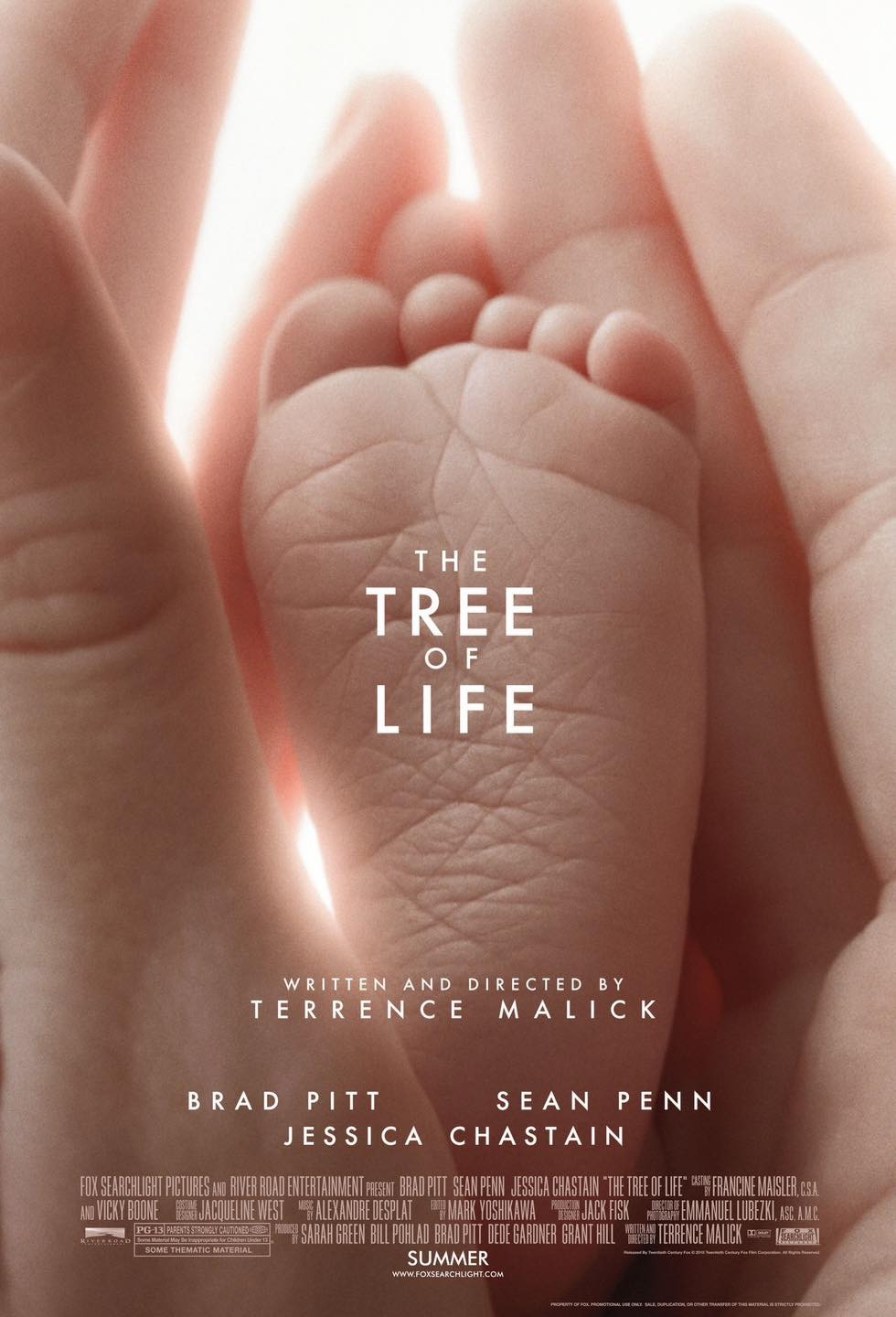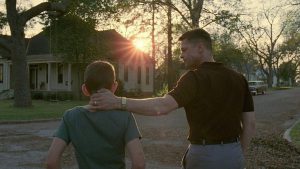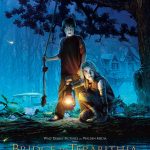The Tree of Life (2011)

The Tree of Life, directed by Terrence Malick and released in 2011, is a philosophical, visually stunning film that explores themes of existence, spirituality, and the nature of life itself. It stands out as a unique cinematic experience, often divided between audiences who find it either profoundly moving or bewildering. Malick, known for his poetic and contemplative filmmaking style, brings these qualities to a peak in this ambitious film, which strays far from conventional narrative and embraces a meditative, almost transcendental approach to storytelling.
Suggested videos for you:
Plot and Structure
The film’s story revolves around the O’Brien family in 1950s Texas, particularly the eldest son, Jack, as he recalls his childhood and contemplates his place in the universe. The narrative shifts between Jack’s adult perspective (played by Sean Penn) and his memories as a child (portrayed by Hunter McCracken), under the care of a strict father (Brad Pitt) and a nurturing mother (Jessica Chastain). However, the film’s focus is less on a linear plot and more on the juxtaposition of life’s grand and mundane moments.
One of the film’s most ambitious and talked-about sequences is its depiction of the origins of the universe. In a visually arresting, 20-minute montage that includes everything from cosmic explosions to prehistoric Earth, Malick takes the viewer on a journey through time, exploring the very creation of life itself. These sequences, created through stunning visual effects and mesmerizing music, illustrate the film’s attempt to place human life within a larger, almost cosmic framework.
Themes and Philosophical Undertones
At the heart of The Tree of Life is a spiritual quest. The film opens with a quote from the Book of Job, setting up a theological exploration of suffering, faith, and grace. Malick presents two opposing forces symbolized by Jack’s parents: the “way of nature,” represented by his father, and the “way of grace,” represented by his mother. These two forces embody different approaches to life — one marked by ambition, struggle, and survival, and the other by kindness, compassion, and acceptance.
This duality is a major theme throughout the film. Mr. O’Brien’s character embodies the harsh, unyielding aspect of existence, pushing his children toward success with a strict and at times oppressive approach. In contrast, Mrs. O’Brien represents an ideal of love and forgiveness. Their contrasting philosophies influence Jack’s growth and spiritual conflict as he matures, feeling torn between his father’s rigidity and his mother’s gentleness.
Another theme is the search for meaning in the face of suffering and loss. The film suggests that life’s beauty and pain are intertwined, with each experience contributing to a broader spiritual journey. This is seen through Jack’s adult reflections on his childhood memories, a mix of warmth and trauma that shapes his search for understanding. Malick, through Jack’s perspective, raises questions about the nature of existence, the purpose of suffering, and the possibility of divine presence.
Visual Style and Cinematography
The film’s cinematography, led by Emmanuel Lubezki, is nothing short of breathtaking. Using primarily natural lighting and sweeping, graceful camera movements, Lubezki and Malick create a visual language that feels both intimate and grand. The film is filled with lingering shots of nature: trees swaying, sunlight filtering through leaves, and water flowing — these are recurring visual motifs that underscore the film’s themes of growth, fluidity, and the cyclical nature of life.
The camerawork often mirrors a sense of divine observation, as if the audience is seeing the world through a higher, omniscient perspective. The camera floats and moves with a grace that complements the film’s meditative tone, creating a sensory experience that immerses viewers in Malick’s vision of the world. This visual style, while praised for its beauty, can also be alienating for some audiences who may find the film’s slow pace and abstract imagery difficult to connect with.
Soundtrack and Sound Design
The film’s soundtrack, composed by Alexandre Desplat and supplemented by classical works from composers like Bach and Mahler, enhances the film’s spiritual tone. The music is haunting and ethereal, adding emotional depth to the visuals and carrying the audience through the narrative’s introspective passages. The use of voiceover, a signature technique in Malick’s films, also plays a central role, with whispered reflections that convey Jack’s inner thoughts and questions.
The ambient sound design is equally integral, with a carefully crafted auditory landscape that ranges from the sounds of nature to the cosmic echoes during the universe-creation sequence. The combination of music, voiceover, and sound effects weaves a tapestry that deepens the film’s contemplative atmosphere, enveloping the viewer in its introspective journey.
Reception and Legacy
The Tree of Life polarized audiences and critics alike upon its release. Some hailed it as a masterpiece, celebrating its ambition and poetic exploration of profound themes. It won the Palme d’Or at the Cannes Film Festival and was praised for its boldness and philosophical depth. However, others found its lack of traditional narrative structure and slow pacing to be frustrating and inaccessible.
The film has since garnered a devoted following and is often considered one of the most significant films of the 21st century, admired for its philosophical ambition and visual grandeur. The Tree of Life challenges viewers to reflect on their own existence, to contemplate life’s beauty and suffering, and to find personal meaning within its open-ended questions.
Final Thoughts
The Tree of Life is not a film that seeks to entertain in a conventional sense. Instead, it is an immersive, spiritual experience that invites viewers to ponder the mysteries of life, nature, and the cosmos. Its emphasis on the transcendental and the eternal, coupled with Malick’s personal reflections on family and loss, makes it a film that resonates with those willing to engage with its themes on a deep level. While it may not appeal to everyone, The Tree of Life remains a remarkable work of art, notable for its ambition, beauty, and willingness to tackle some of the most profound questions of human existence.











